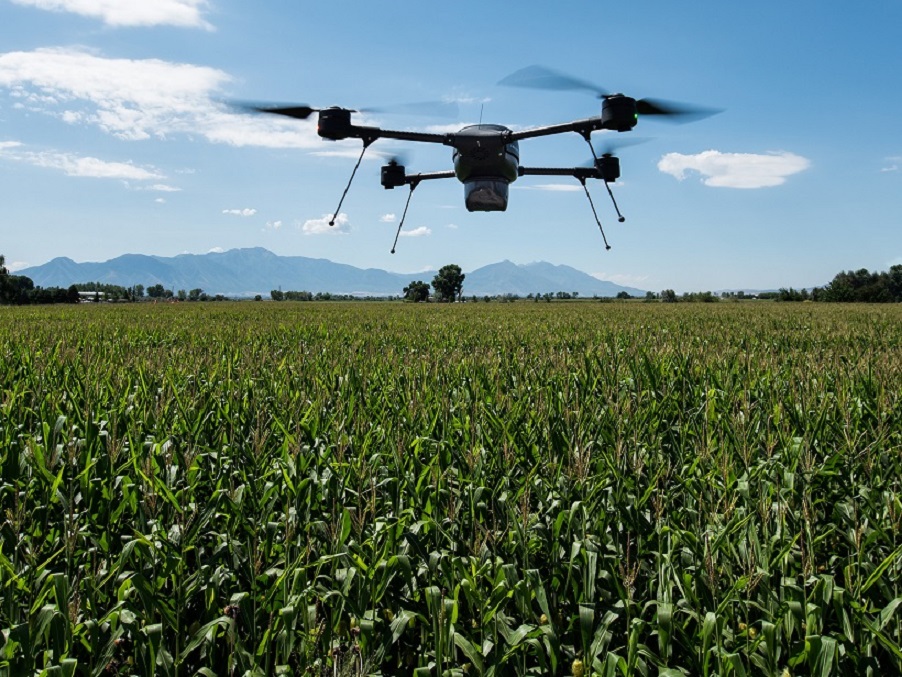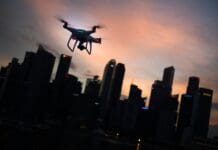This post is also available in:
 עברית (Hebrew)
עברית (Hebrew)
beyond line of sightSurveillance missions and the monitoring of critical infrastructures and installations through Unmanned Aerial Vehicles often require flight beyond the visual line of sight (BVLOS) of the operator.
Lockheed Martin, in partnership with Canadian UAVs Inc., has completed a pipeline and well inspection using the Lockheed Martin Indago 2 drone beyond line of sight.
According to Lockheed, Indago is one of a few unmanned systems deemed Transport Canada Compliant, which means Indago operators are approved for routine access to Canadian airspace.
At the UAV testing facility in Foremost, Alberta, Canadian UAVs inspected pipelines and wellheads by using Indago, which captured high-resolution images and video with 30x optical zoom and enhanced digital zoom, according to unmanned-aerial.com.
The Indago quadrotor weighs just five pounds and requires no assembly prior to flight, notes Lockheed. With an endurance of approximately 45 minutes, Indago achieves ranges of up to five kilometers when operated using its handheld controller, but the range can be extended beyond 10 kilometers with directional communications devices.
“Our systems routinely fly beyond line of sight for our military customers, which has allowed us to gain compliance status with Transport Canada for use in commercial airspace,” states John Molberg, business development lead for Lockheed Martin CDL Systems. “This flight achievement is a bellwether for Canadian UAVs, Lockheed Martin and Foremost Test Range and showcases the leadership provided by Unmanned Systems Canada and Transport Canada for the safe use of unmanned systems in Canadian airspace.”
“Going BVLOS has technically been solved for some time with regards to powerful communications links and autopilot hardware,” adds Sean Greenwood, president of Canadian UAVs Inc. “Canadian UAVs has been focused on creating an end-to-end paradigm in coordination with Transport Canada to conduct these operations outside of restricted military airspace, where our customers have a substantial regulatory and logistical needs to acquire actionable data.”


























